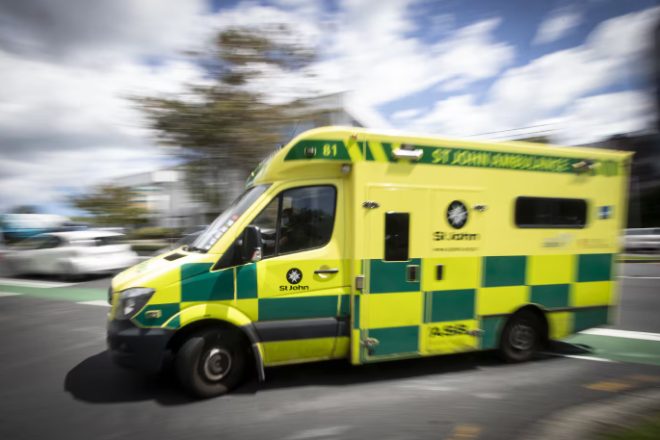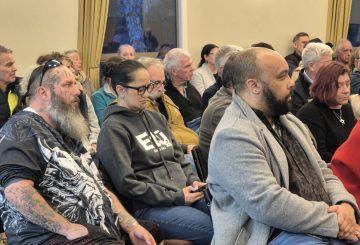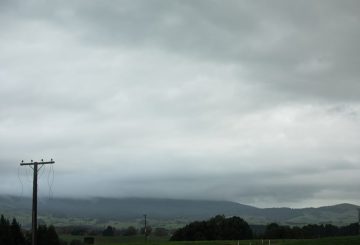Naghahanda si Hato Hone St John para sa pagtaas ng demand sa kalusugan ng taglamig na may plano upang pamahalaan ang mas mataas na presyon sa sistema ng kalusugan. Sinabi ni Dr. Damian Tomic, Deputy Chief Executive, ang layunin ay magpatuloy na tumugon sa mga emerhensiya habang pinamamahalaan ang nadagdagang demand. Gayunpaman, inaasahan niya na ang ilang tao, lalo na ang mga may hindi kagyat na kondisyon, ay maaaring makaranas ng mas mahabang oras ng paghihintay para sa isang ambulansya.
Upang matugunan ito, ang Hato Hone St John ay bumuo ng mga inisyatibo upang gamutin ang mga pasyente sa bahay at gamitin ang mga landas ng komunidad kung maaari. Makakatulong ito upang ligtas at epektibong direktang daloy ng pasyente sa mga kagawaran ng emerhensiya. Kasama rin sa plano ang pagpapabuti kung paano pinamamamahalaan ang mga tawag sa mas mababang prior Halimbawa, maaaring tumawag ng isang nars o paramediko ang mga may maliit na isyu tulad ng mga sintomas ng sipon at trangkaso upang magbigay ng karagdagang pagtatasa o payo sa telepono.
Sa mga rehiyon na may mga serbisyo sa telehealth, maaaring gamitin ito ng mga crew ng ambulansya para sa mga konsultasyon sa halip na dalhin ang mga pasyente sa Kagawaran ng Sinusuportahan nito ang pamamahala ng pasyente na nakabatay Nakikipagtulungan din si Hato Hone St John kasama ang Health New Zealand-Te Whatu Ora upang masubaybayan at tumugon sa mga pagpigil ng demand at potensyal na pagkaantala.
Binibigyang diin ni Dr. Tomic ang kahalagahan ng pag-unawa ng mga New Zealand kung paano at kailan ma-access ang pangangalagang pangangalaga sa pan Kasama sa mga pagpipilian ang kanilang sariling GP, Healthline, at mga lokal na parmasya. Para sa mga emerhensiya, dapat tumawag ang mga tao sa 111. Ang mga tawag ay susuriin ng mga klinikal na koponan upang matiyak na makukuha ng mga pasyente ang tulong na kailangan nila kapag kailangan nila ito.






























































